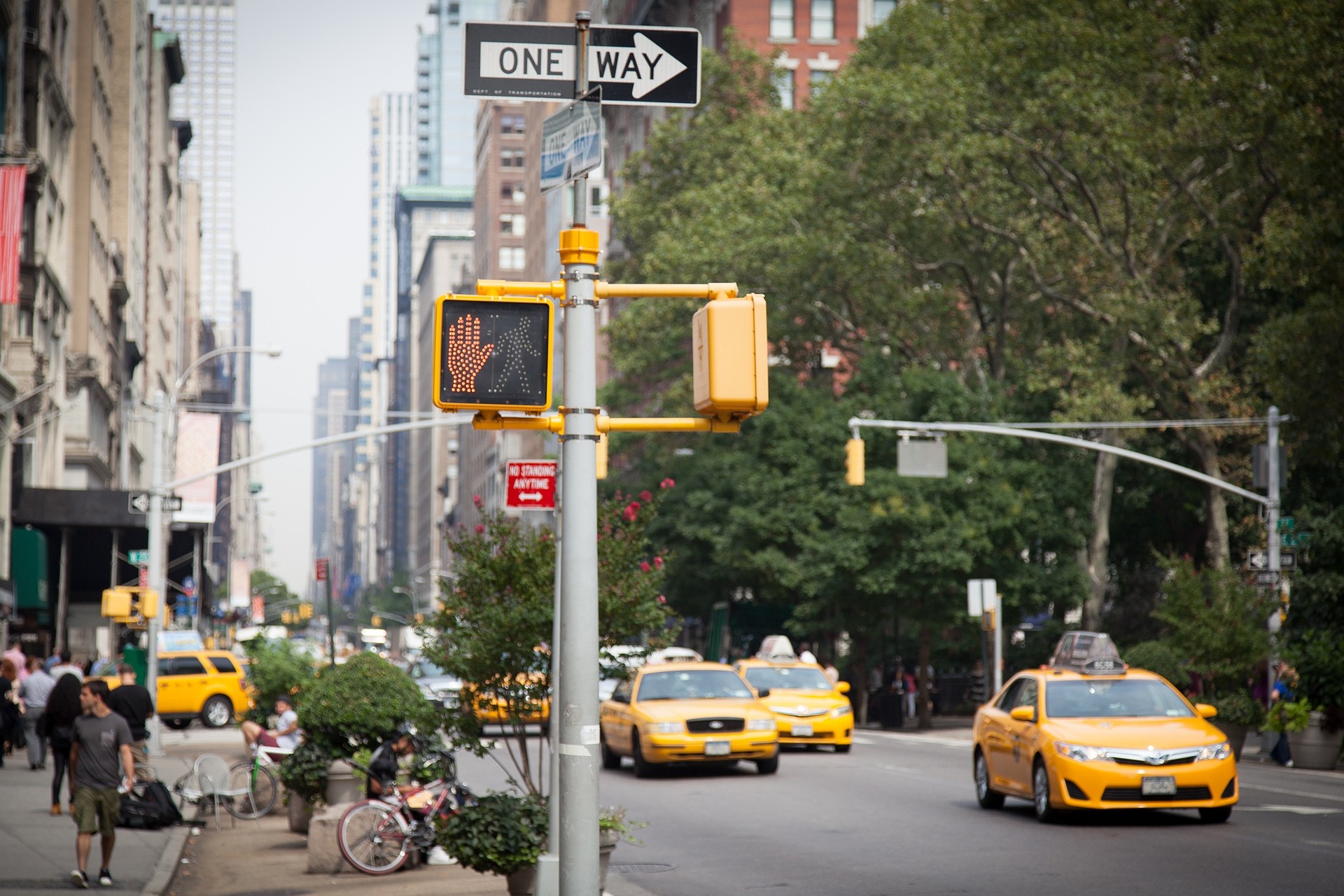Unraveling the Mysteries of Dark Tourism: A Journey into the Shadows
The world is a vast, mesmerizing tapestry of diverse landscapes, cultural richness, and historical significance. But what if your wanderlust draws you into the darker side of history, where tales of tragedy, conflict, and death reside? Welcome to the intriguing world of dark tourism. This article delves into the complexities of dark tourism, its historical context, current trends, and its profound impact on the modern-day traveler.

The Genesis of Dark Tourism
Dark tourism, also known as grief tourism or thanatourism, has roots tracing back to the medieval times when people embarked on pilgrimages to witness public executions or visited the battlegrounds of deadly wars. As grim as it may seem, the fascination with death and tragedy is deeply embedded in human psychology. Dark tourism evolved over centuries, gaining momentum in the 19th century with the rise of battlefield tourism following the American Civil War. Today, it encompasses a wide range of destinations, from historical sites of genocide to natural disaster zones.
Current Trends and Insights
Dark tourism is no fad. It’s a growing segment of the global travel industry. Recent research indicates that people are increasingly drawn towards sites of historical and cultural significance, even if they evoke feelings of fear, sadness, or horror. From the Holocaust concentration camps in Auschwitz to the Ground Zero Memorial in New York, these sites offer a sobering reminder of our history’s darker chapters.
The Allure and the Debate
So, why are travelers drawn to these somber destinations? It’s about understanding and confronting our past’s harsh realities, acknowledging human resilience in adversity, and paying homage to those who suffered. However, dark tourism is not without controversies. Critics argue that it can trivialize tragic events, exploit local communities, and promote voyeurism. But proponents argue that it encourages historical awareness, empathy, and reflection on the human condition.
Implications for Travelers
Traveling to dark tourism sites is not your typical vacation. It’s an emotionally charged journey that can leave you with a profound sense of empathy and a deeper understanding of history. However, it’s essential to approach these sites with respect and sensitivity, keeping in mind that these are places of sorrow and loss.
Dark Tourism: Practical Considerations
-
Ensure you are emotionally prepared for the visit. Some experiences can be quite intense and disturbing.
-
Respect local customs and regulations. Some sites may have specific etiquette rules.
-
Reflect on your motivations. Dark tourism should not be about thrill-seeking but gaining historical perspective.
-
Consider hiring a knowledgeable guide. They can provide valuable insights and context to your visit.
In conclusion, dark tourism is a complex, multifaceted phenomenon that offers a unique lens to view our shared history. It’s a journey that pushes the boundaries of traditional tourism and challenges our perception of travel. While it might not be everyone’s cup of tea, it undeniably adds a whole new dimension to global exploration, one that is introspective, educational, and deeply human. As we venture into these shadows, we are reminded of the resilience of the human spirit, even in the darkest of times.



